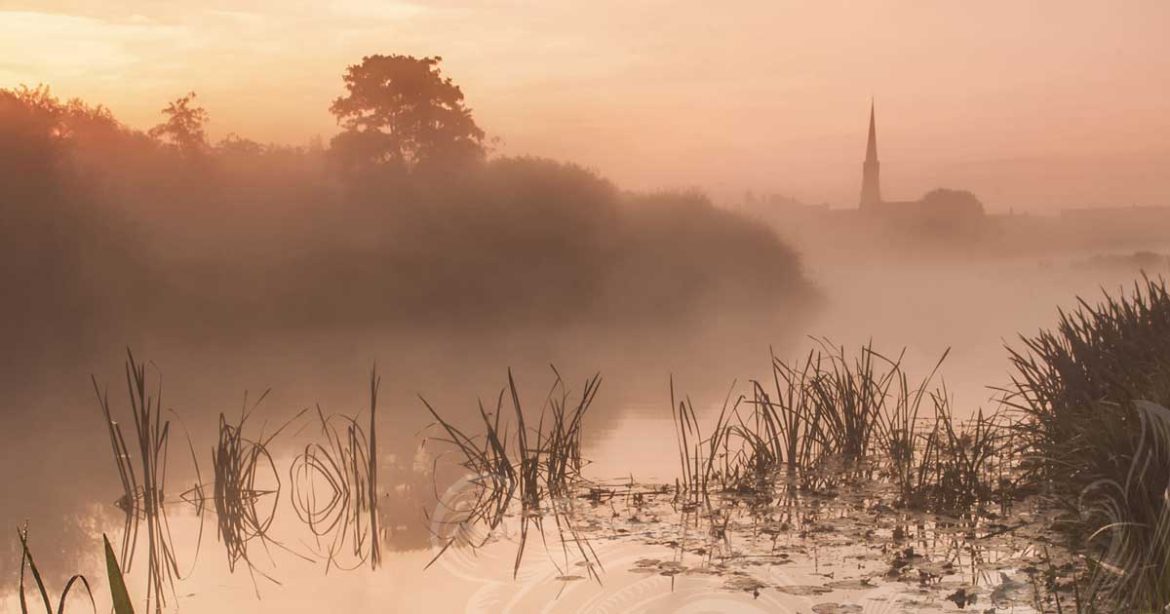Lucy Grewcock, author of a new Cambridgeshire guidebook, tells Nicola Foley about the ‘slow travel’ movement – and how it can change your perspective, at home and away
There are countless guidebooks dedicated to Cambridge, but virtually all focus on the city centre, spotlighting famous attractions such as the college buildings, the punting and the parks. Few, if any, give visitors an insight into the unique character of the county as a whole, delving into the vast Fens and history-steeped villages that lie beyond the city’s cobbles and spires.
Author Lucy Grewcock wanted to change that, sharing her discoveries of Cambridgeshire to encourage visitors to linger longer and locals to unearth treasures they had no idea were on their doorstep. Her new book, part of a series by Bradt Guides, advocates a ‘slow travel’ philosophy, encouraging people to look beyond the bucket list and explore “the local nuances that make up a sense of place – the food and drink, architectural styles, nature and geology; the local people and what makes them tick”.
It’s about quality travel
“While focusing on sustainable tourism, slow travel takes you away from soulless drives on motorways and dual carriageways, and makes each journey part of the adventure, with long-distance walks, heritage railways and glorious cycle rides or boat trips,” she explains. “Ultimately, it’s about quality travel, rather than quantity, which, in my opinion, is a far more enjoyable way to explore!”
But the book isn’t just a great resource for the estimated 8.2 million visitors that flock to Cambridge each year: born-and-bred Cantabrigians are sure to learn plenty from its pages, too. From a micropub in Willingham to crocodiles at Old Hurst, ice skating at Berry Fen and Roman burial mounds at Bartlow Hills, via Anglo-Saxon earthworks and wildlife-filled wetlands, it opens up a world of inspiration for anybody wanting to dig deeper into the history and mysteries of our county.
“No matter how well you think you know your local area, this book shows that there’s always more to discover,” insists Lucy. “My sister, for example, has lived on the outskirts of Cambridge for more than 15 years, yet, until I started researching this book, she was unaware of the Lodes Way cycle route, the ruins of Burwell Castle, or the site of Stretham Old Engine (the last of the 100-plus steam-powered pumping stations that Cambridgeshire once depended on) – all stunning attractions that lie less than 15 miles from her front door.”
Compiling the book was labour-intensive, involving months of collecting stories from residents and traversing the area’s landscapes, attractions, settlements and nature reserves – but one discovery sticks in her mind as truly special.
“If you’ve never made it to Holme Fen before, I highly recommend a visit,” she enthuses. “The largest silver birch woodland in lowland England and home to the lowest point in Great Britain, it’s unlike anywhere else you’ll find in Cambridgeshire, or the UK for that matter.
“Quiet footpaths lead you along beneath slender trees, and within the woodland are the Holme Posts, which look like two big lamp posts. When the first post was installed in 1848, it was cut level with the surface of the ground. Today, the peat has shrunk so much that the posts tower 13ft above the ground you stand on. Once you’ve got your head around this unfathomable fact and followed one of the waymarked routes around the wood, head to The Admiral Wells, Britain’s lowest pub, for a hearty Sunday roast.”
The book is out now, so grab a copy, lace up your walking boots and head out on a day trip to remember – slowly, of course.
Cambridgeshire & the Fens (Slow Travel) Bradt Guide is out now, priced £14.39.

